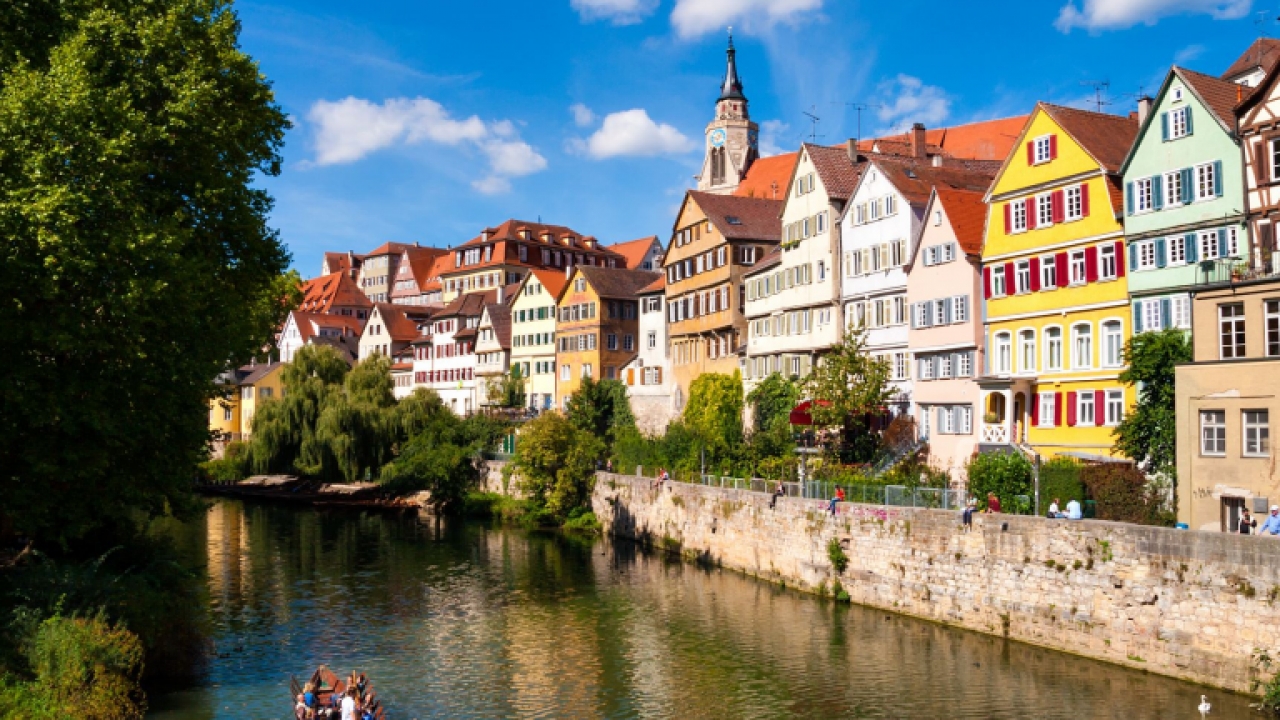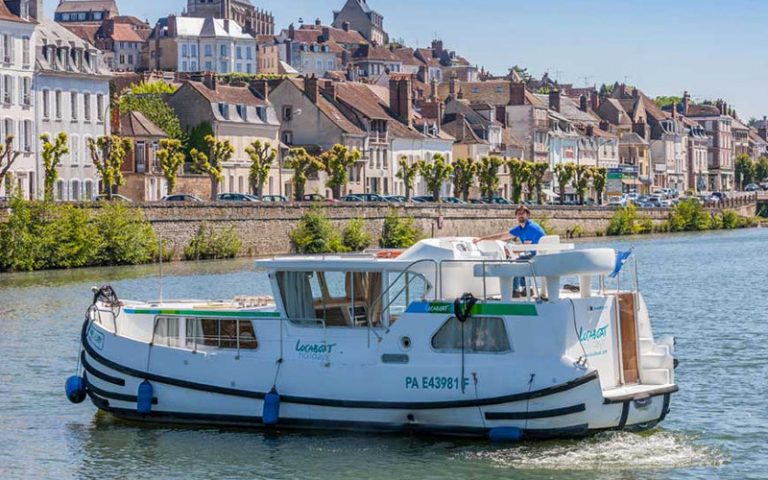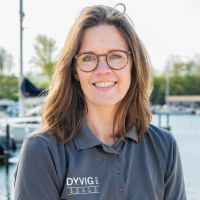
Germany Sailing Destination
Germany Your riverboat holiday in Germany will provide the setting for a breathtaking holiday, where you will experience an idyllic sailing area with beautiful landscapes, lakes and rivers. Unique opportunity to experience medieval half-timbered houses and unique castles.
Recommended boats

| Yacht model | 400 | City | Göhren-Lebbin (OT Untergöhren) |
|---|---|---|---|
| Cabins: | 2 | Beds: | 4 |
| Year: | Type: | Riverboat | |
| Length: | 12.95m | Wc: | 2 |

| Yacht model | 400 | City | Fürstenberg |
|---|---|---|---|
| Cabins: | 2 | Beds: | 4 |
| Year: | Type: | Riverboat | |
| Length: | 12.95m | Wc: | 2 |

| Yacht model | Pénichette | City | Fürstenberg |
|---|---|---|---|
| Cabins: | 2 | Beds: | 4 |
| Year: | 2002 | Type: | Motorboat |
| Length: | 10.2m | Wc: | 2 |
Experience Germany
Germany has been a federal republic of parliamentary democracy since 1949; in 1990 reunification between the Federal Republic of Germany and the German Democratic Republic. The Federal Republic consists of 16 states.
Germany consists of three different landscape areas:
The northern German lowland with coastal areas towards the North Sea and the Baltic Sea. Here are sandy dunes, sand dunes and marshes.
The mountain areas in the middle of Germany. Here are hills and mountains at a height of 500-1500 meters.
The mountain landscape in the southern part which forms the northernmost part of the Alps. Here lies Germany’s highest point, the Zugspitze with its peak 2,962 meters above sea level.
There are several large rivers running through Germany which have been important for the country’s role in trading in Europe.
The climate in Germany differs from north to south. In the northern part of the country there is coastal climate as in Denmark; in the central, eastern and southern parts there are mainland climates with colder winters and warmer summers.
In the north of Germany, you will find a fantastic sailing area. The area here is a variegated carpet of lakes, forests and grasslands in the Prussian states of Mecklenburg and Brandenburg. Müritz is the largest lake in Germany and part of the Müritz National Park, perfect for a riverboats holiday in Germany. Another and very popular area is Fürstenberg , it is the younger and older who rent houseboats in this area.
But there are many other rivers in Germany that are popular as destinations for young and old alike. The Rhine, the Elbe, the Moselle and the Danube are the most popular. See which boats you have the opportunity to rent in Germany.


Food – experience Germany’s different food culture
German cuisine is composed of a variety of regional cultures. The food culture is influenced by the immigrants’ kitchens, but not appreciably by the division in East and West. Somewhat simplified, the food of the regions can be described in two major units: North German and South German.
Northern German cuisine is very similar to the original Danish cuisine. Basic foods are sourdough bread made from rye, salt and smoked products, coarse vegetables and potatoes. A daily meal can be sandwiches.
In the southern German kitchens the variations are greater. Usually, potatoes are replaced by dough products in the form of dumplings (Knödel, Klösse) and pasta (Spätzle, Maultaschen). Soup is served at least one daily meal.
Attractions
There are hundreds of sights to visit and it can quickly become overwhelming for first time visitors. Some of the best must see sights in Berlin are – the Brandenburg Gate, which is at the end of Unter den Linden. The impressive attraction is the last preserved city gate in Berlin, which originally had 18 city gates along the old customs wall.
The East Side Gallery, which is a 1.3 kilometer long piece of the Berlin Wall, which has been decorated by artists from all over the world.
The Museum Island, located in the center of Berlin’s historic center, forms the northern tip of Spree Island. It is Berlin’s oldest and most important museum complex, which has five world-famous museums. The Museum Island is Europe’s largest cultural investment project and was listed on UNESCO’s World Heritage List in 1999.
Siegessäule is a 67-meter-high pillar of victory, standing in the middle of the large roundabout in Tiergarten. The Victory Column stands as a reminder of the Prussian victories over Denmark, Austria and France in the 19th century. At the top of the column stands an 8 meter high and 35 ton heavy statue of Roman Victory Goddess Victoria. The golden color of the statue has given her the nickname “Golden Else”. The gilded cannons at the bottom of the column are trophies from the war at Dybbøl in Denmark and the wars in Austria and France.
Siegessäule was damaged during World War II and bullet holes can still be seen in the plinth.
The Holocaust Memorial is a memorial in honor of the nearly 6 million Jews killed in Europe during World War II. The memorial consists of 2,711 concrete piles of various heights, covering a huge area of ??about 19,000 square meters.


